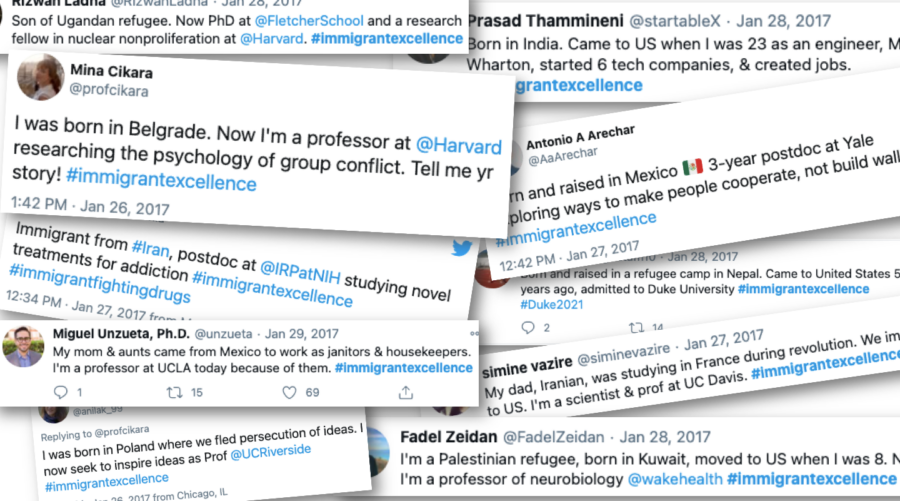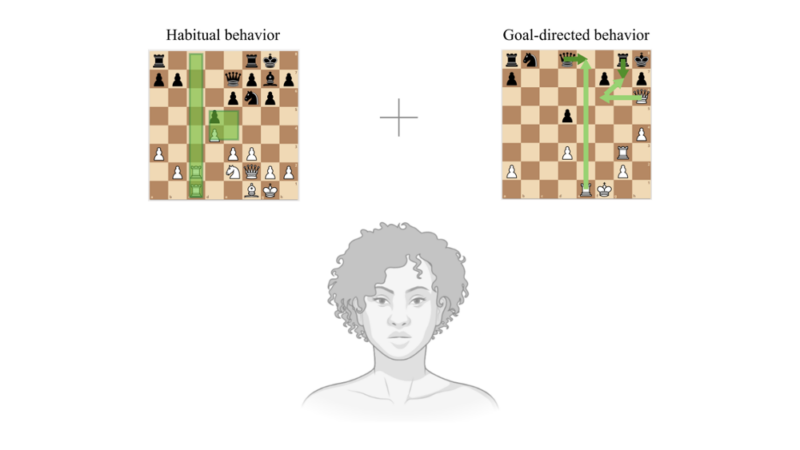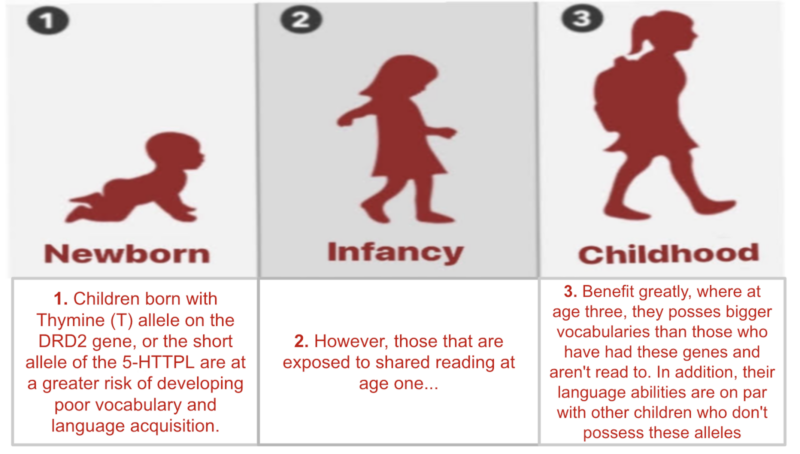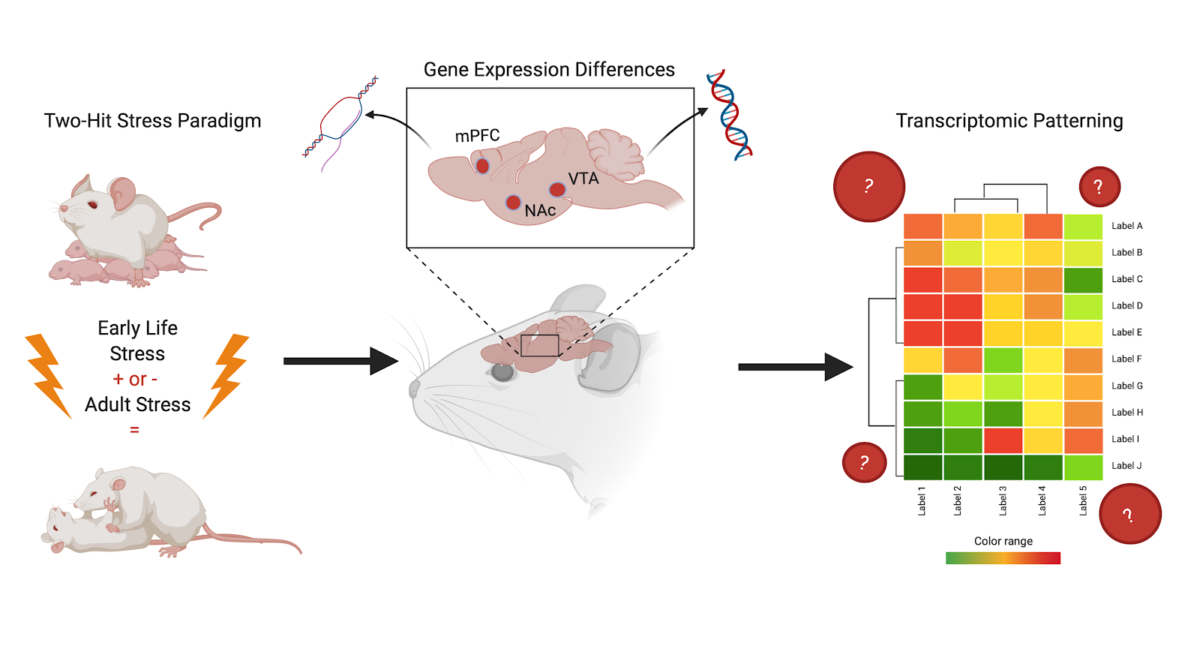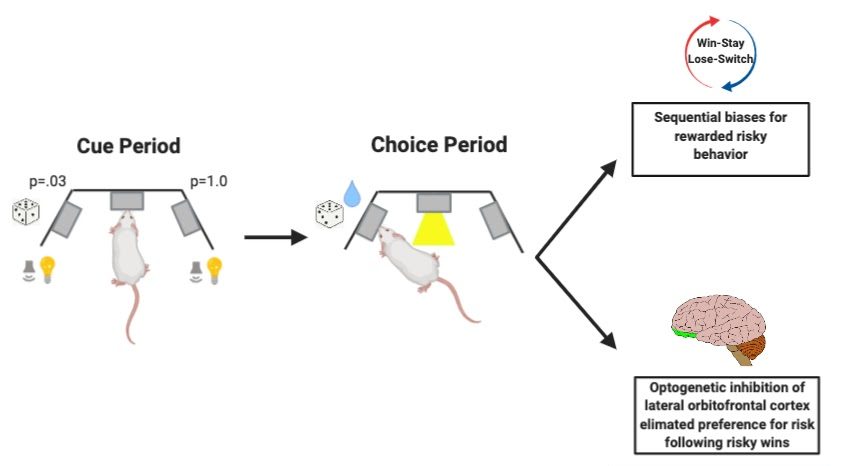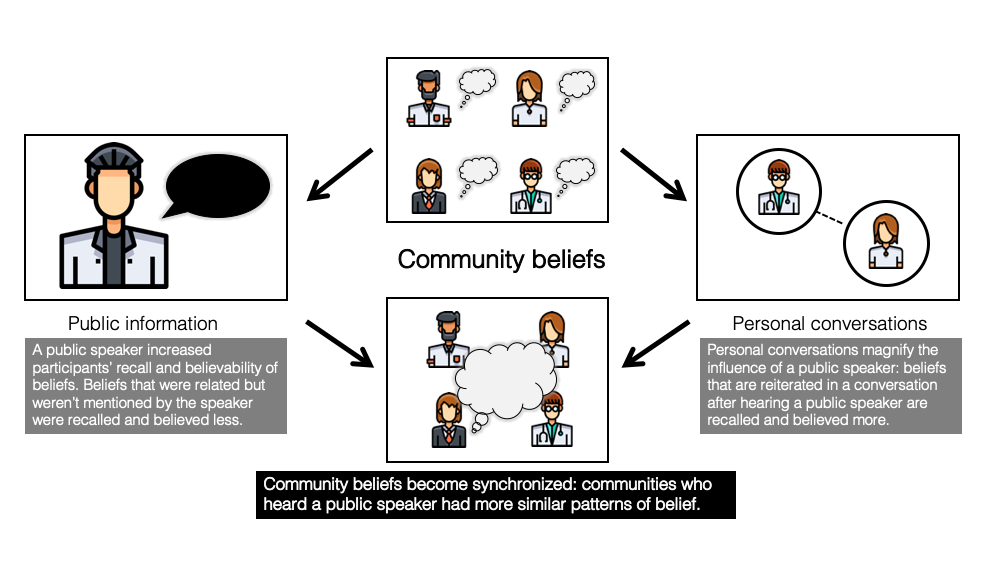In this episode of The Highlights, show host and third-year graduate student in psychology Thiago Tarraf Varella discusses his research on pre linguistic vocal learning in marmosets, and what this can tell us about human vocal development.
This episode of The Highlights was produced under the 145th Managing Board of The Daily Princetonian in partnership with Princeton Insights. Thiago Tarraf Varella is a graduate student in Department of Psychology at Princeton and can be reached at tvarella@princeton.edu.
To view the transcript for this episode, click “More Info” and then “Full Transcript” in the episode player.
RESOURCES:
Princeton Insights coverage: What other species can teach us about how infants learn to speak
Original Paper: Cooperative care and the evolution of the prelinguistic vocal learning
CREDITS
Written and hosted by Thiago Tarraf Varella GS and Senna Aldoubosh
Edited and sound engineered by Sophia Villacorta and Isabel Rodrigues
Produced by Isabel Rodrigues
Original Princeton Insights coverage by Sarah McFann GS
Subscribe to The Highlights on Spotify, Podcast Addict, or wherever you get your podcasts! And subscribe to the Daily Princetonian to get the latest news at Princeton!


